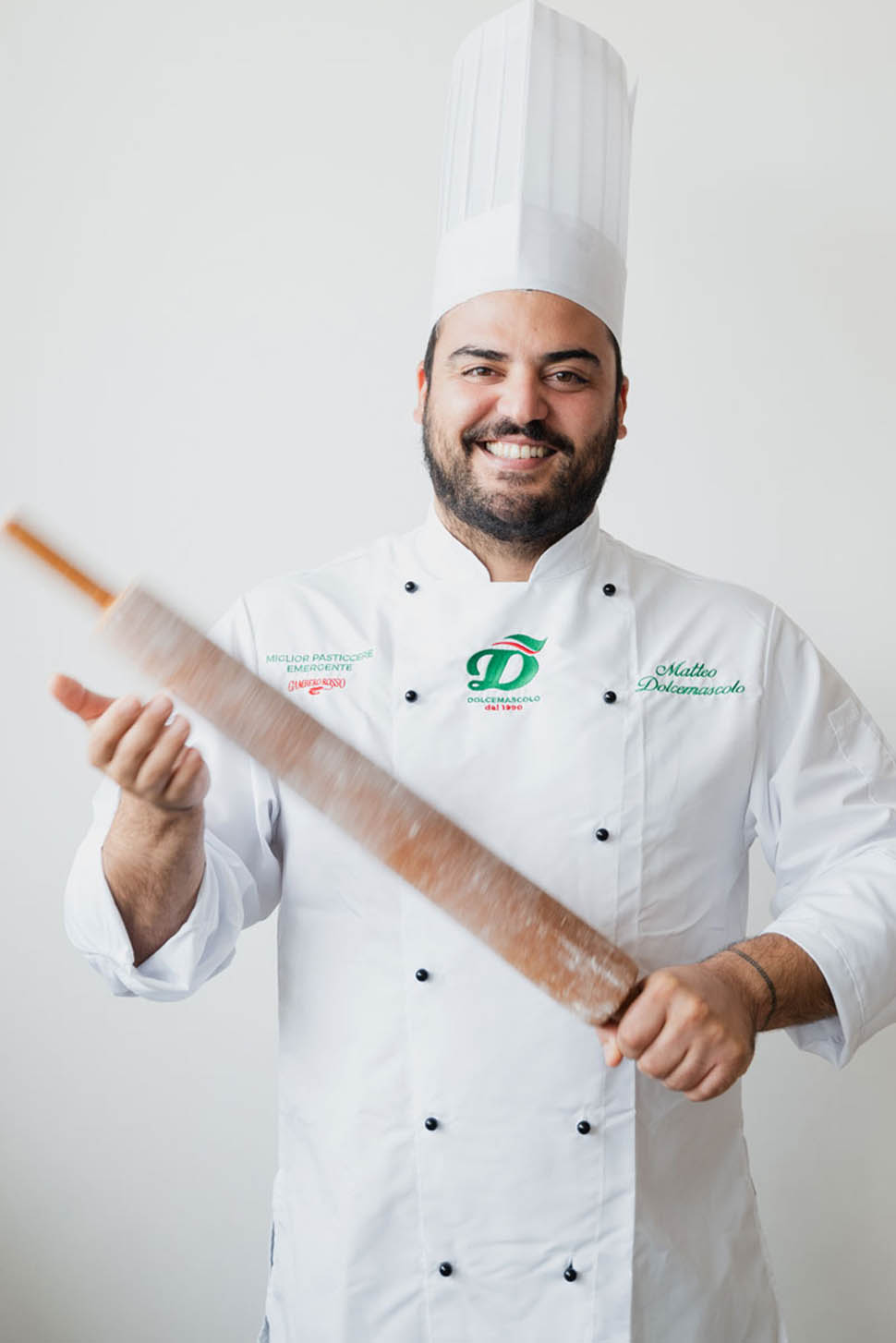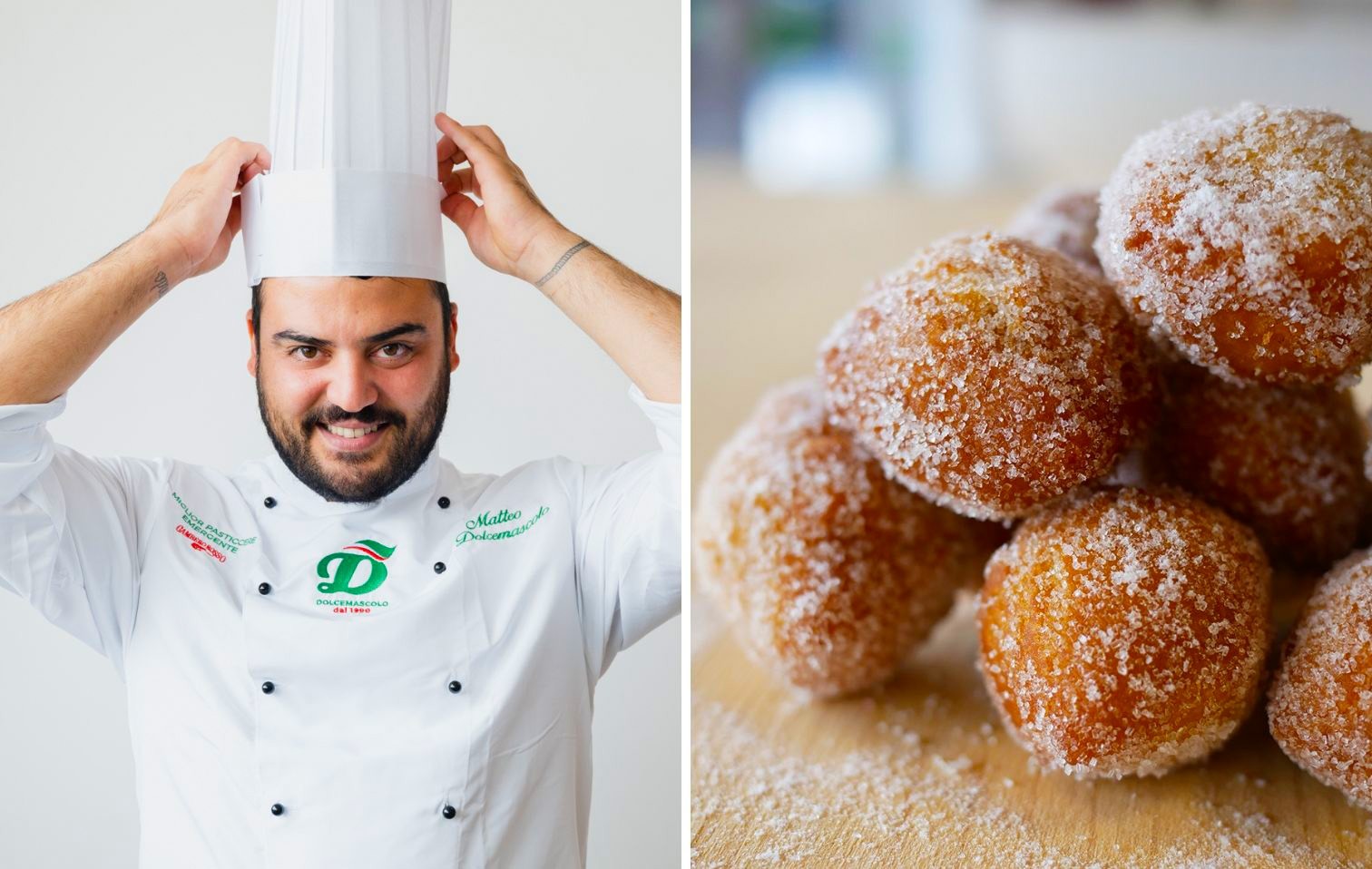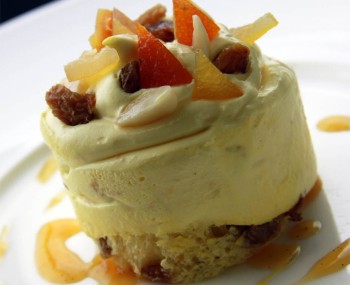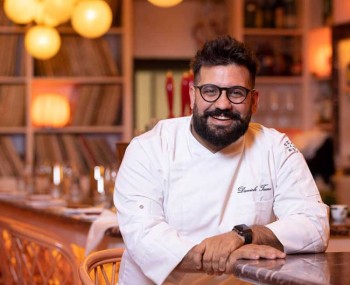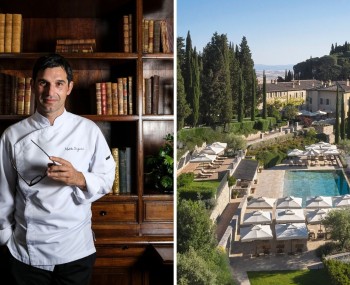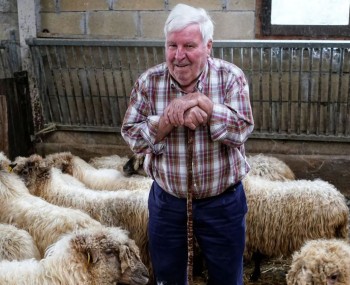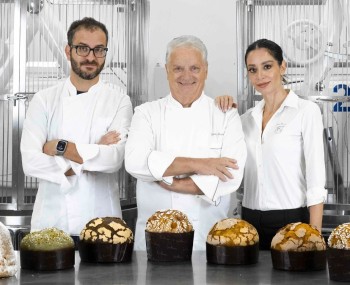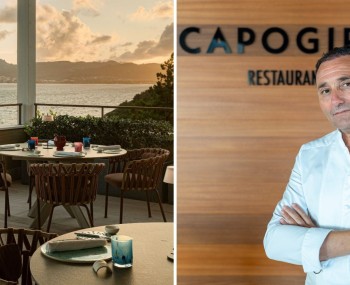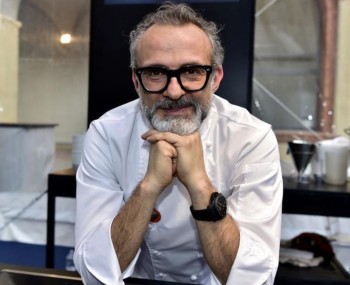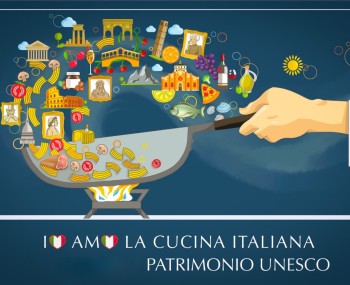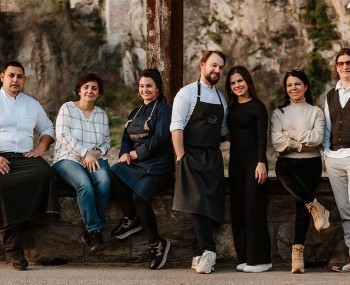Who hasn't had a grandmother who, on the occasion of Carnival, would roll golden castagnole in boiling oil? In fact, this simple and warm sweet treat, accessible to all in terms of ingredients and execution difficulty, evokes the warmth of home. However, Matteo Dolcemascolo explains how to refine the preparation.
Dessert photo by Gaia Mariani
The story
Carnival is not just about frappe: throughout Italy, there's a tradition of preparing spherical fritters, resembling chestnuts and coated in granulated sugar. They appear as early as the 17th century in the recipe books of the D’Angiò and shortly after the Farnese. However, in a late 18th-century manuscript from Viterbo, four versions are listed, indicating the widespread preparation. Back then, the baking was mostly done in the oven, typically during the Christmas holidays. Today, from one region to another, they are prepared by spoonfuls, with a pastry bag, or with kitchen twine.
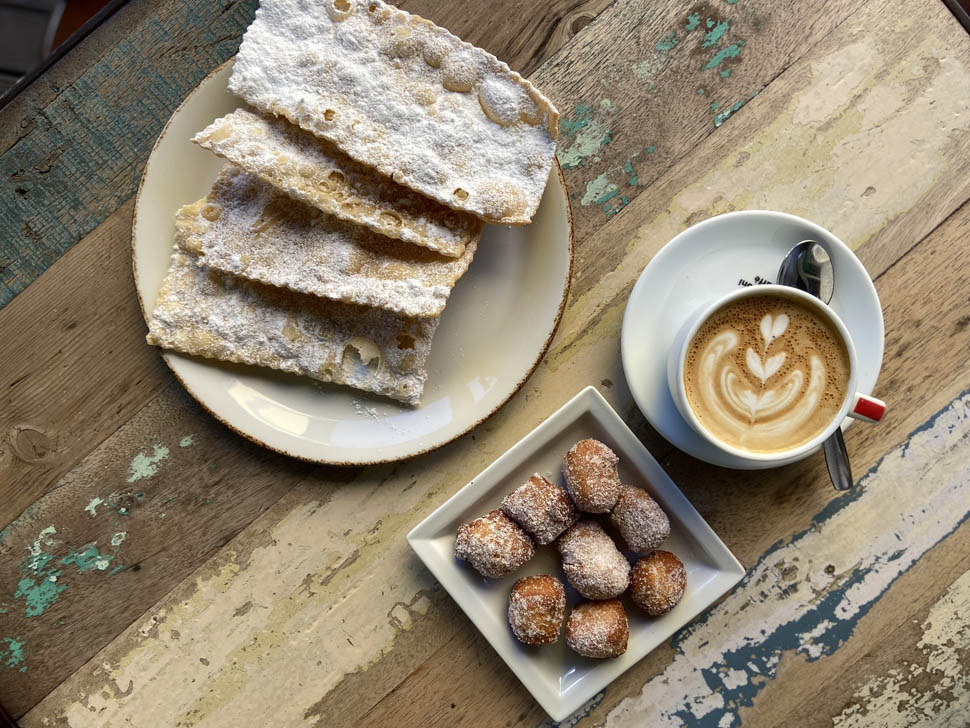
Nevertheless, Lazio still claims the paternity of a preparation that has spread rapidly, sometimes taking the name of "struffoli". Flour, eggs, sugar, yeast, vanilla, or orange zest: the composition is simple, and the execution is elementary. Matteo Dolcemascolo, however, offers a professional version every year in Rome, both in the new pastry shop opened on December 16th at Via Mazzini 84, and in the historic family shop in Frosinone.
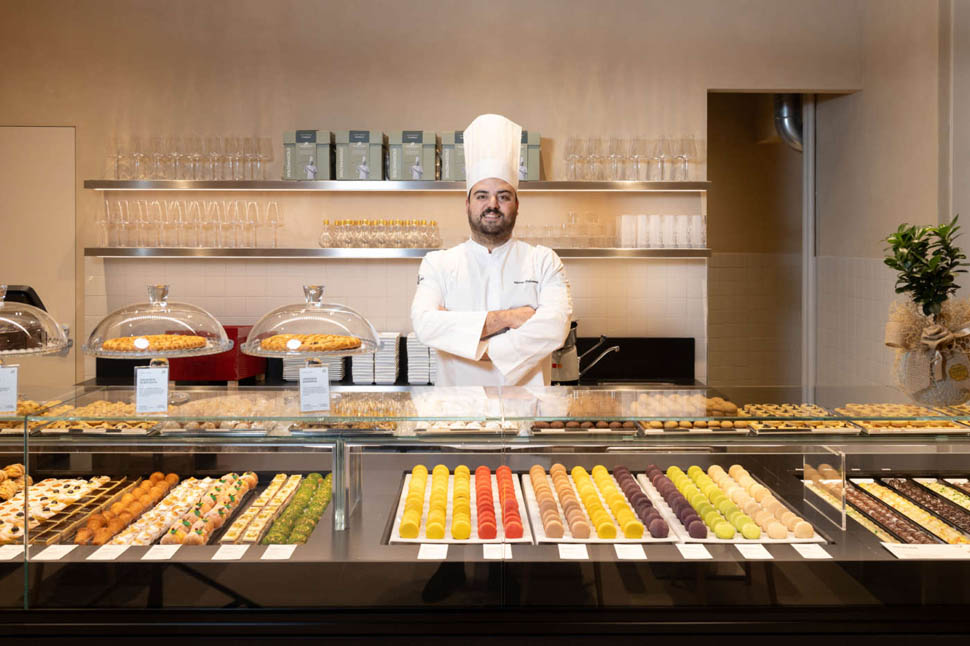
Matteo Dolcemascolo's castagnole
"The castagnola is very typical of Lazio, unlike the Neapolitan struffolo. Ours is a dough similar to a whipped shortcrust, containing orange zest-infused butter, vanilla, and cinnamon, left to rest to harmonize the flavors. It is shaped like rounded gnocchi and fried in peanut oil (but olive oil works too) between 165 and 175 °C, away from the smoke point for maximum digestibility, by immersion and not at the surface, using a skimmer or a grid, until golden.
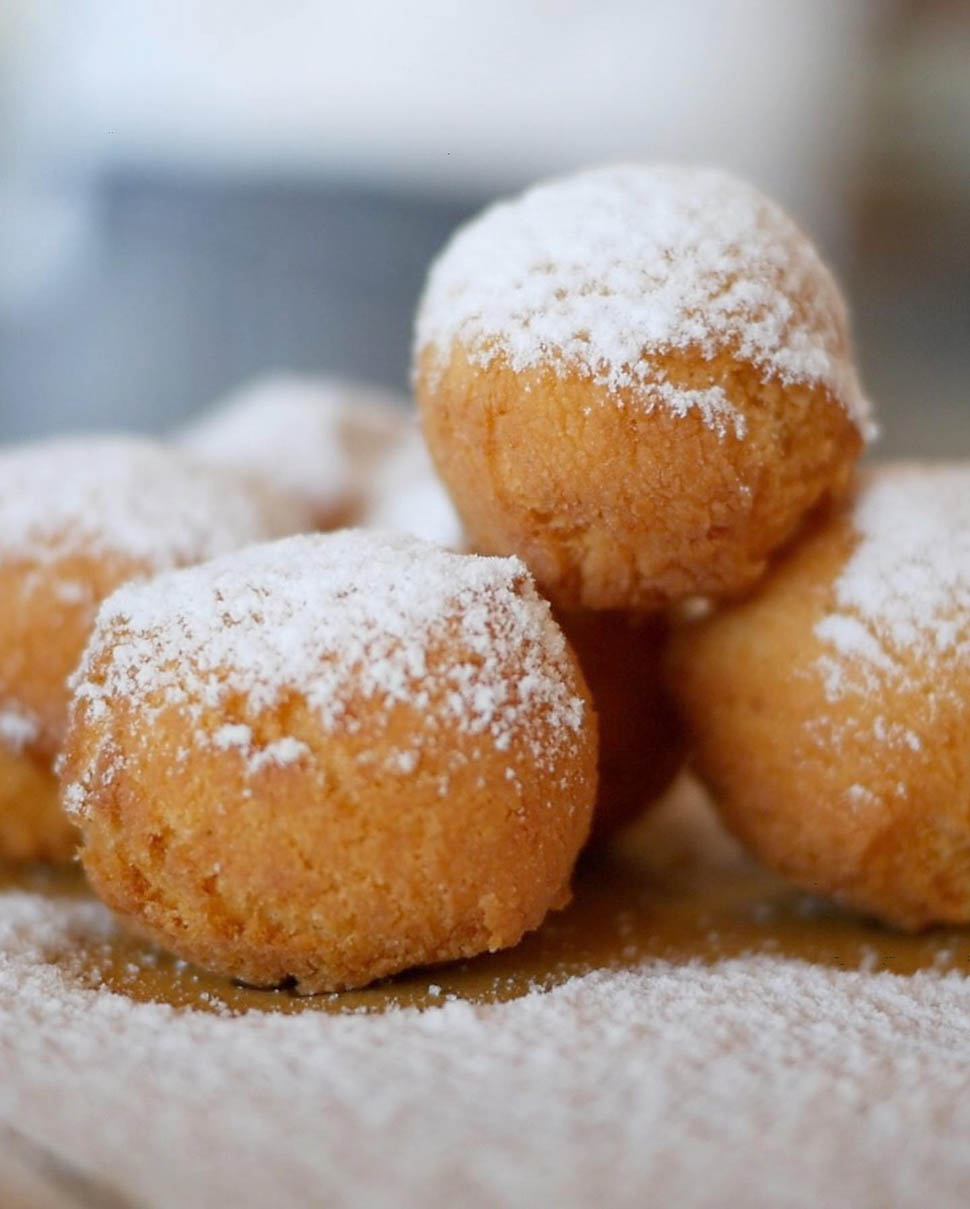
Then, we cool them, place them back on a tray with parchment paper, and leave them in the oven at 60 °C overnight to dry from any excess oil. The next morning, they are regenerated with steam and coated in sugar, which adheres well. The homemade preparation does not involve this step: you fry, sprinkle with sugar, and eat quickly. While ours is a showcase product that requires different precautions. We do the same with frappe, so they are well-dried, and the customer wants to eat more. This is my vision of frying in modern pastry." The traditional pairing is a fragrant and effervescent glass of Brachetto d’Acqui.
Matteo Dolcemascolo's castagnole recipe
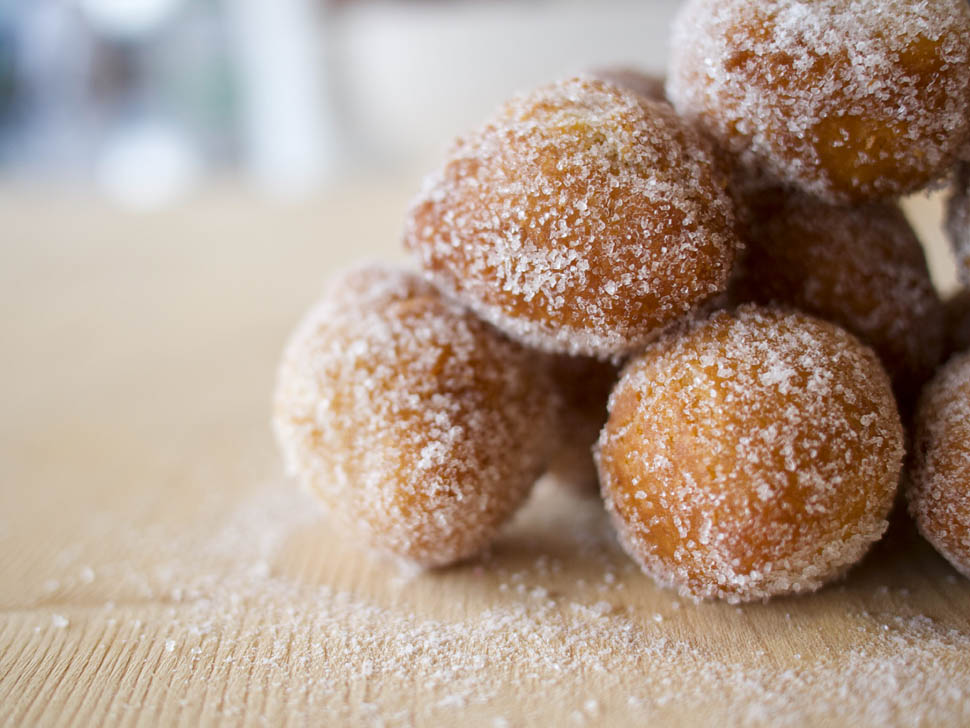
Ingredients
- 250g butter
- 150g granulated sugar
- 100g milk
- 5g salt
- 1g cinnamon
- 6 whole eggs
- 200ml hot water
- 1kg all-purpose flour
- 30g baking powder
- 1L peanut oil
Method
In a bowl, combine butter, granulated sugar, milk, salt, and cinnamon. Mix and add 6 whole eggs and hot water in succession.
Then incorporate flour and baking powder, sifting. Knead until you get a homogeneous mixture.
Roll out the dough and form gnocchi of the desired size. Meanwhile, heat the peanut oil to 160 °C and immerse the castagnole. Cook until golden and drain the golden castagnole.
Finish by dipping the castagnole in granulated sugar and dusting with powdered sugar.
Contacts
Pasticceria Dolcemascolo- Frosinone
Via Madonna della Neve, 77, 03100 Frosinone FR
Phone: +39 0775 270660
Dolcemascolo Roma
Viale Giuseppe Mazzini, 84 Rome
Phone: +39 06 8911 8542
https://www.pasticceriadolcemascolo.com
